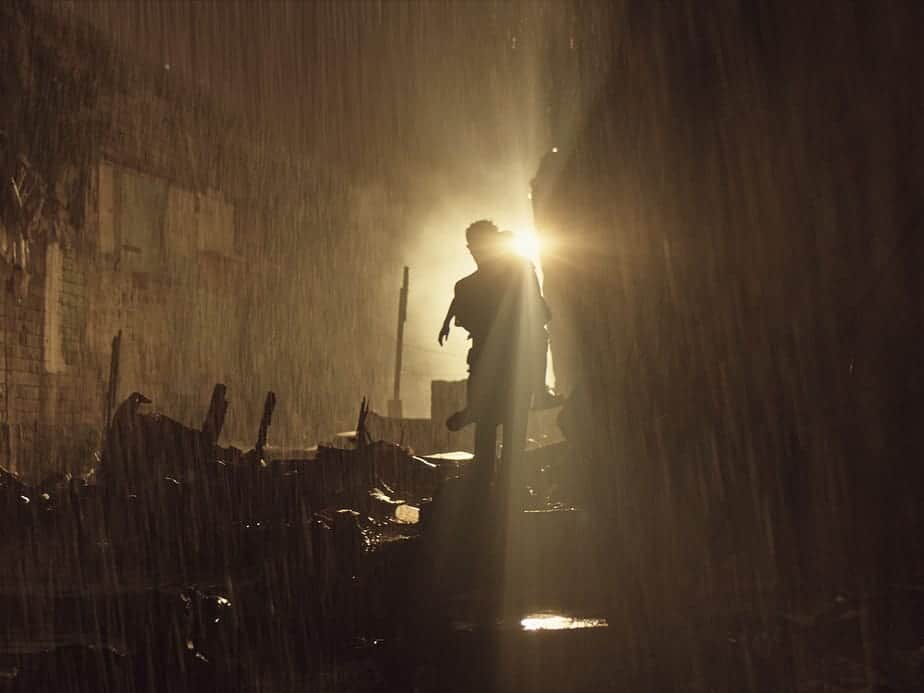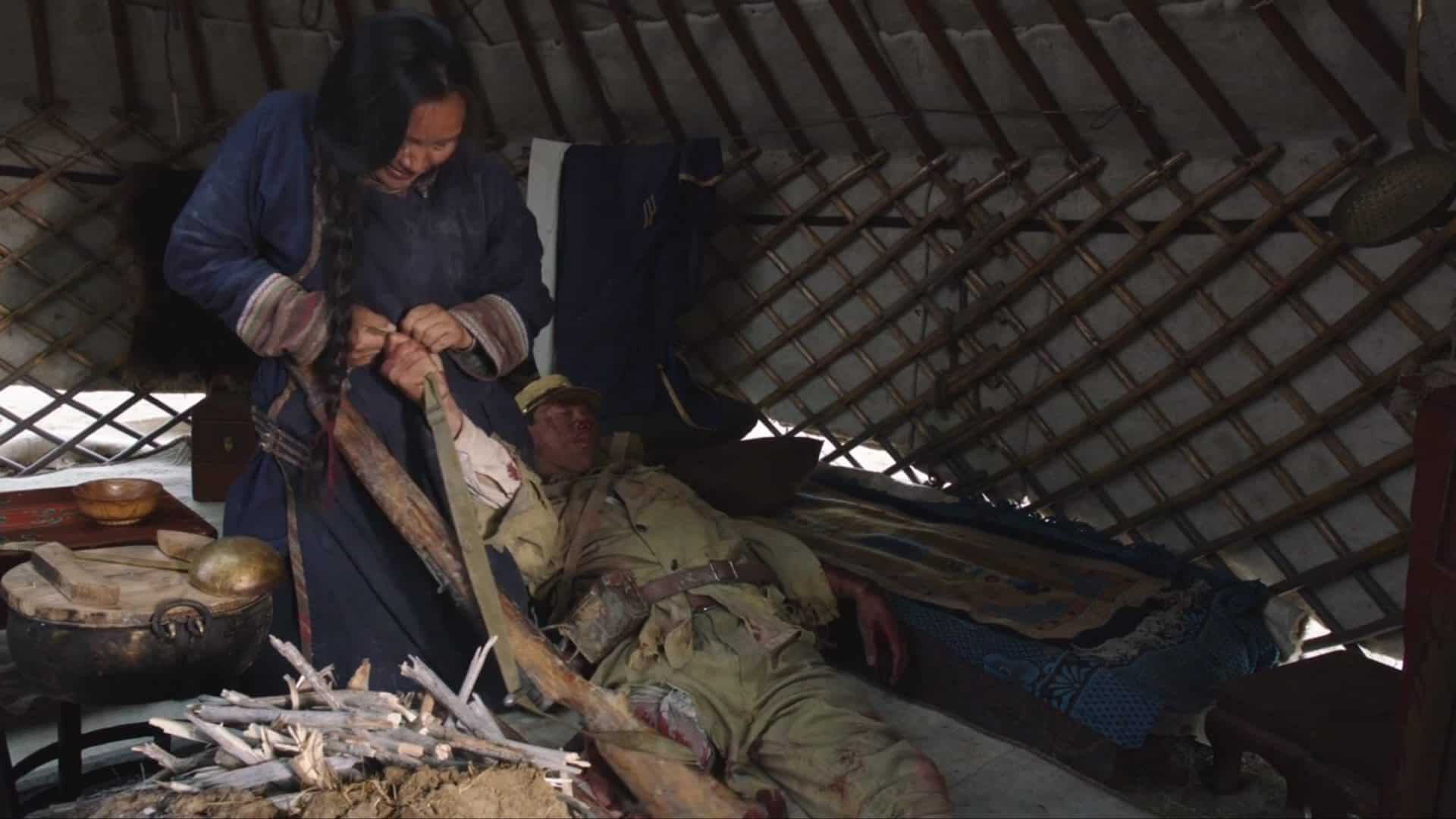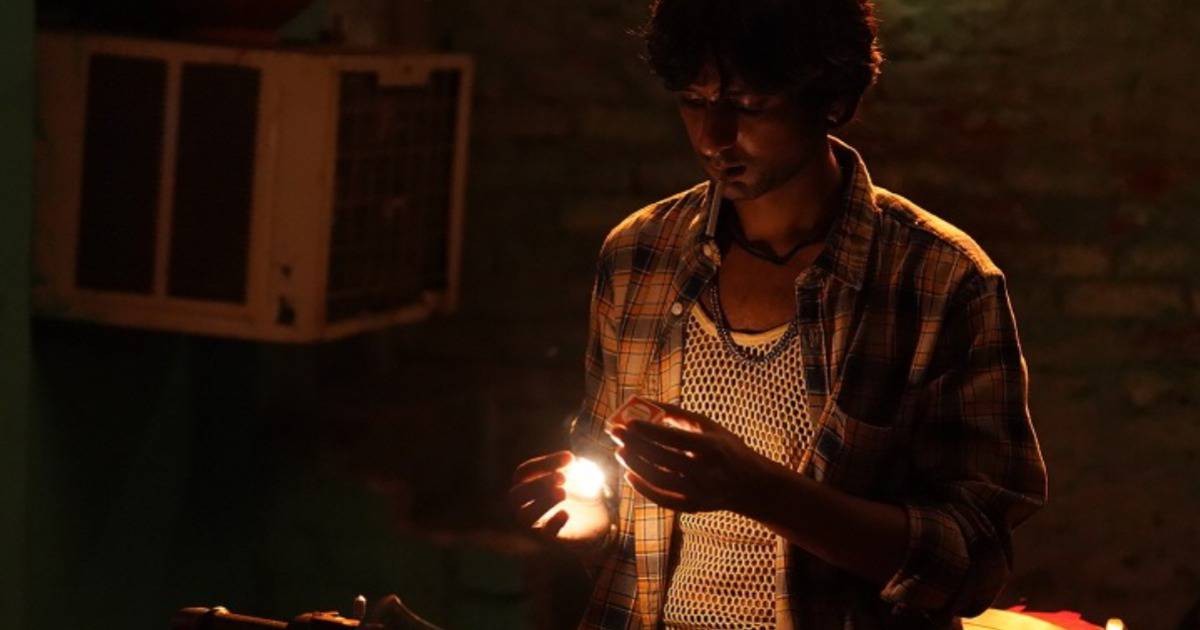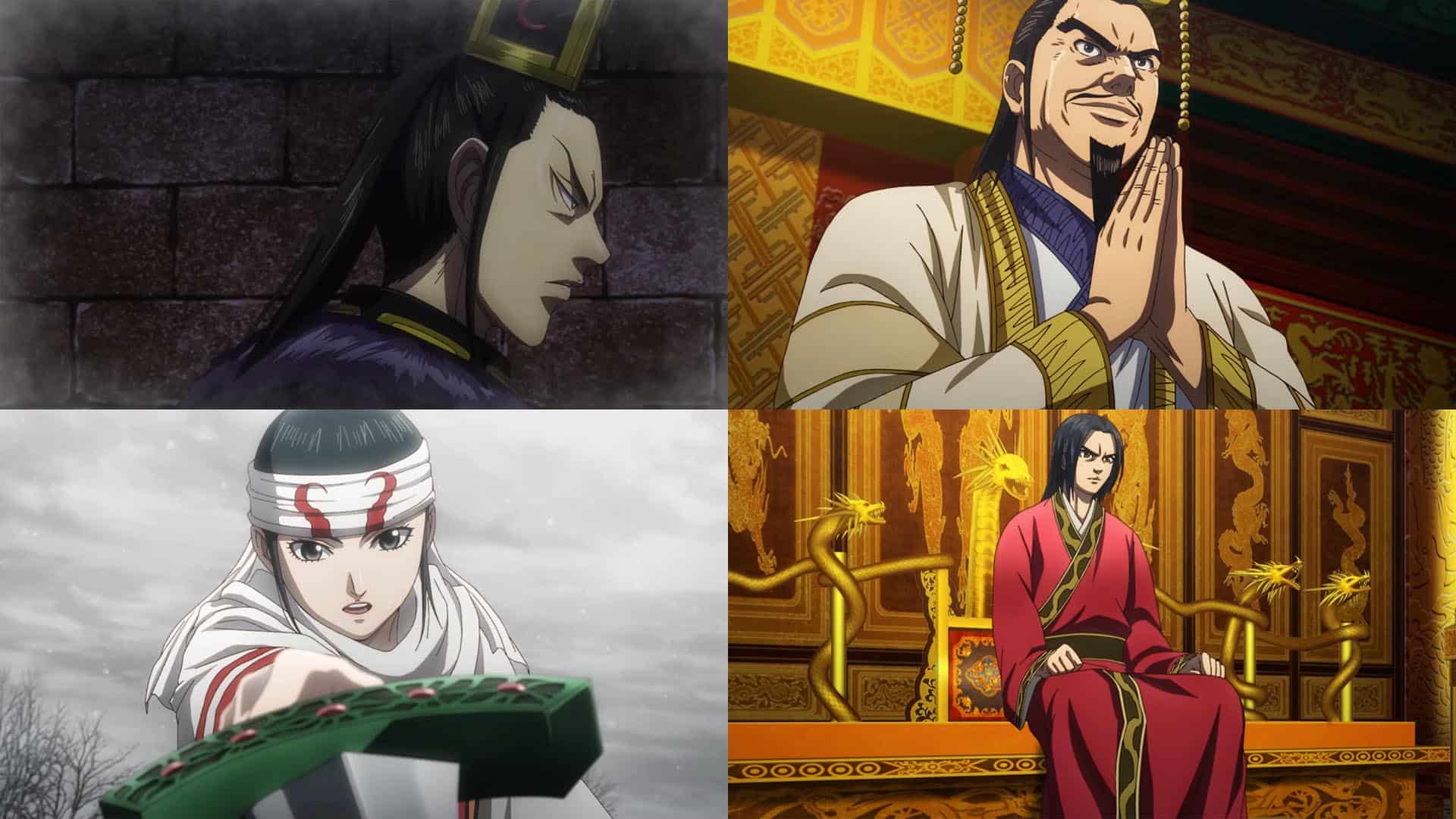When novelist Filipino writer and journalist Felisa Batacan wrote “Smaller and Smaller Circles”, the crime story revolving around a series of murders of children was meant as a mirror of her home country. Even though it follows the conventions of a crime novel, the themes it touches are deeply embedded within Filipino politics and society, its “unwillingness to embrace change” as well as many other frustrations she and others felt at the time. Most significantly, the gap between the rich and poor had become extreme with an upper class completely oblivious to the world in their ivory towers and the rest trying to make ends meet scavenging food and surviving one day to the next.
Smaller and Smaller Circles screened at Fractured Visions Film Festival
Of course, the image sounds exaggerated, but the attitude Batacan witnessed and described is not. The differences between classes have become even more extreme since the release of the novel in 2002, with the poor being “trapped in a broken system” branding their lives as “disposable”. Certainly, recent developments have exacerbated the problem, most importantly the war on drugs of President Rodrigo Duerte. According to Human Rights Watch, the war has cost the lives of over 12,000 people, dealers, addicts and innocents alike and has been heavily criticized internationally. Life for the poorest of the poor have become more difficult, whereas the Philippines' high society largely ignores them, it seems.
Naturally, given the success of the novel as well as the relevance of its themes, a film adaptation was just a question of time. Director Raya Martin (“How to Disappear Completely”), experienced in the field of social drama, was chosen to direct the film version of the novel. While Batacan remained as a creative consultant, the team was given a certain kind of freedom to expand the source material, one whose relevance was quite striking. In a statement posted on his Facebook account, Martin describes his film as a “piece of a puzzle”, one which is not only a crime story, but also in line with the message of the original novel, a dive into the “dark currents of Filipino society” (Tim Cuyugan, journalist).
After the mutilated body of a child has been found on a dumping site two Jesuit priests, Father Gus Saenz (Noni Buencamino) and Father Lucero (Sid Lucero), are contacted by the National Bureau of Investigation about leading the investigation. Saenz, a man critical of his superiors and their actions, examines the body with his colleague and starts working on a profile of the perpetrator.
However, as more murders take place, the pressure to put an end to them increases. And while the officials of the Bureau start shifting the blame as well as speeding up the investigation, the Church becomes increasingly annoyed by the two priests and especially Saenz's lack of subordination. Meanwhile, the killer is still on the loose and has already focused his attention on Saenz and Lucero also.
One of the most noteworthy features of Batacan's novel is how the identity of the killer is revealed to the reader quite early on. While the investigation is still ongoing, the narrative shifts thematically, becoming what the author herself has coined a “whydunnit”. Even though Martin's film does not follow in the source material's footsteps, the awareness and closeness of the murderer are very disconcerting to the viewer. Through the use of voice-over, the killer becomes an omnipresent observer of the everyday routine of characters such as the two priests explaining his frustration, anger and fear with the world around him. In many ways, the technique may remind one of the killers in films such as David Fincher's “Seven”, a figure with a disturbingly dark view on the world and people around him. Obviously, this is an uncomfortable vision, but one which asks the question how one could come to a perspective like this.
Additionally, Martin and his writing team, consisting of Raymond Lee and Ria Limjap, establish very early on, a setting defined by a similar degree of spite and cynicism. On the one hand, the world of the poor is one of filth, dark alleys and dumpsites where most families rely on the “findings” somewhere in the sheer never-ending pile of trash. The other part of this society sees people in air-conditioned offices, fat and indulgent as they hear themselves talk about “helping those in need” while living off the exploitation of them. The picture is almost a caricature given the extreme differences between the two classes, but considering the gruesomeness of the murders this attitude has spawned, there is perhaps more truth in this fiction than we dare to ask.
Despite the extreme image, the story contains a figure that adds a layer of good, a motivation to do the right thing, in the characters of Saenz and Lucero. Although Martin is able to capture many great performances from his cast, Buencamino and Lucero are the much needed emotional anchor points for the viewer. Experienced in the Church's hierarchy, its downfalls and corruption, Saenz should have given up a long time ago. As he talks about the many cases of child abuse in the Church, how the perpetrators are even protected by the system, one can feel he has not given up, but he is also branded helpless since he is a part of it as well. Nevertheless, Buencamino plays his character as one aware of his limitations, but also of his oath to protect people, making him a constant annoyance for his superiors.
Visually, “Smaller and Smaller Circles” succeeds in bringing the often dark vision of the world to life. Cinematographer J.A. Tadena captures the narrow darkness of the streets like urban blood veins,a natural habitat for the killer and other sinister characters. At the same time, it highlights the hopelessness of the situation, the hermetic nature of both spheres of this society that have long lost any connection with each other.
“Smaller and Smaller Circles” is a blend of social drama and crime thriller. It is an often disturbing view into a world defined by corruption and exploitation, a world which has started killing off the weak labeling them disposable. With great performances and cinematography “Smaller and Smaller Circles” may not prove to be an uplifting film, but one which is necessary nevertheless.
Sources:
1) Howard, Caroline J. (2017) ‘Smaller and Smaller Circles' films hits PH cinemas
https://news.abs-cbn.com/entertainment/12/06/17/smaller-and-smaller-circles-film-hits-ph-cinemas, last accessed on: 09/04/2018
2) Lazatin, Hannah (2017) Why ‘Smaller and Smaller Circles' Is the Film We All Need To See
https://www.townandcountry.ph/leisure/hobbies/smaller-and-smaller-circles-film-adaptation-took-20-days-to-film-but-promises-to-stay-true-to-book-a00184-20171124-lfrm, last accessed on: 09/04/2018
3) https://www.facebook.com/rayamartin/posts/10159715844430613, last accessed on: 09/14/2018
4) Garcia, Vincent (2017) Gripping ‘Smaller and Smaller Circles' lacks rousing message
https://news.abs-cbn.com/life/12/06/17/review-gripping-smaller-and-smaller-circles-lacks-rousing-message, last accessed on: 09/14/2018
5) https://www.hrw.org/tag/philippines-war-drugs, last accessed on: 09/04/2018

















